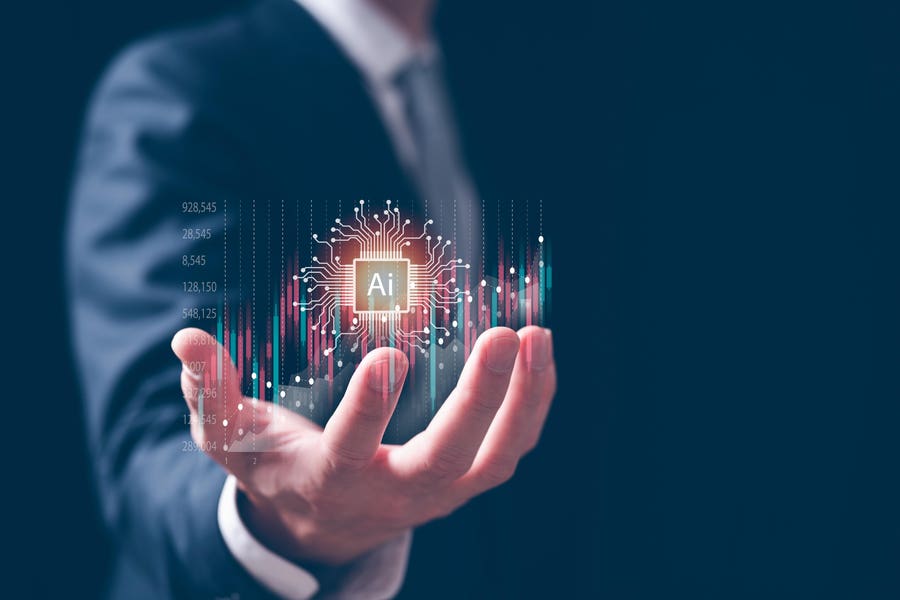In today’s article, I will delve into a significant AI mystery that has captured widespread attention on social media and in the mass media. This intriguing case revolves around the recent upheavals within the AI company OpenAI, particularly the controversial hiring and firing of CEO Sam Altman. While the focus of this investigation is not on the personnel changes but rather on the underlying AI mystery, the organizational turmoil serves as a backdrop to the enigmatic developments.
The crux of the matter lies in the speculation surrounding a potential breakthrough in AI achieved by OpenAI, hinting at the attainment of Artificial General Intelligence (AGI) or a significant step towards it. AGI represents the aspiration to develop AI systems that match human intelligence across a wide range of tasks. The quest for AGI, and possibly even superintelligence, has long been the holy grail of the AI community.
However, the specifics of this purported AI breakthrough remain shrouded in mystery. Speculation abounds, fueled by tantalizing clues and rumors circulating in the media. Central to this mystery is the enigmatic designation of the AI as “Q*,” a name that has sparked intense conjecture and analysis within the AI community.
The significance of the name “Q*” lies in its potential implications for the nature of the AI technology developed by OpenAI. By dissecting the individual components of the name—specifically, the letter “Q” and the asterisk symbol—we can glean insights into the underlying technology and its possible advancements. The letter “Q” may allude to Q-learning, a fundamental technique in reinforcement learning that forms the backbone of many AI systems. Meanwhile, the asterisk symbol, often associated with amplification or enhancement, hints at a groundbreaking evolution or refinement of the Q-learning approach.
Moreover, the AI mystery deepens with additional clues suggesting that “Q*” possesses the remarkable ability to solve grade-school-level math problems—a feat that has long eluded conventional AI systems. This newfound capability points to a potential breakthrough in the realm of generative AI, where complex reasoning tasks pose a significant challenge. By integrating advanced problem-solving capabilities into the AI framework, OpenAI may have unlocked a new paradigm in AI development, bridging the gap between data-driven models and rule-based reasoning.
Furthermore, the incorporation of Test-Time Computation (TTC) or Test-Time Adaptations (TTA) into the AI architecture offers a promising avenue for enhancing generalization and adaptability. By leveraging test-time computations to address out-of-distribution scenarios and improve problem-solving performance, OpenAI may have achieved a critical milestone in AI advancement.
As the pieces of the puzzle gradually come together, the AI community eagerly awaits further revelations about the enigmatic “Q*” and its implications for the future of AI development. With each clue unearthed and each mystery unraveled, the quest for Artificial General Intelligence takes another intriguing turn, propelling us closer to the elusive frontier of discovery in the realm of AI.
In the words of Sherlock Holmes, “The game is afoot,” as we embark on a thrilling journey of exploration and innovation in the ever-evolving landscape of artificial intelligence.






